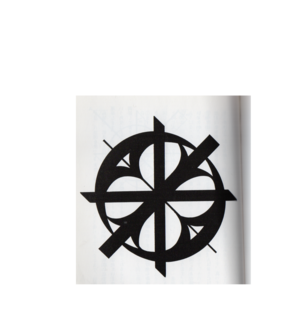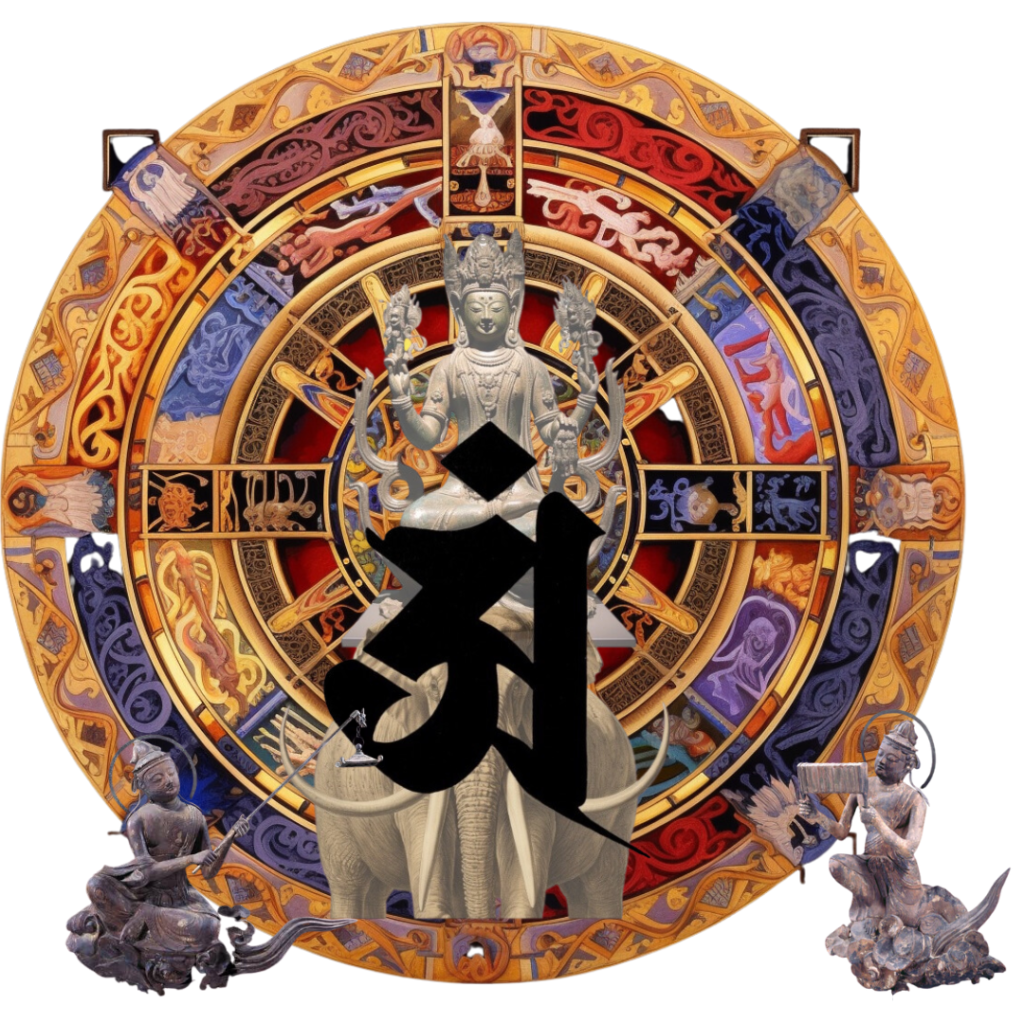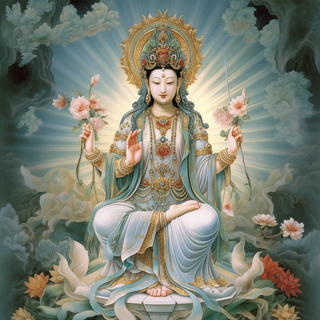2、裔円流八法図による基礎練習
漢字の書法にク永字八法という基本運筆法があります。f』れは「永」の一字に、止め、はね、はらいなご、すべての漢字に共通する八つの基本的な運筆技法が含まれていると’』ろから考えられたものです。
しかし、梵字には「永」のように字画が少なく、しかも基本となる運筆法をすべて包含した文
字はありません。
そゞ]で、三井奇円先生によって考案されたのが「裔円流八法図」です。
この八法図練習法には、朴筆による基本運筆法が網羅されています。
八法図を使うと、縦、横、斜め、円画、8の字画、など梵字書写に必要なすべての角度と
方向の線を練習するゞ]とができます。
八法図によって線を書くと、右上から左下への斜めの縮か最も太く、左上から右下への斜
めの線が最も細くなります。
縦と横の線は、その中間の太さ、円や8の字画は最も太い線から最も細い線までさ圭ざまな大心りたっています。
裔円流八法図

2. Basic practice based on the Hachihozu
There is a basic writing method called Ku Eight Principles in Kanji. It was thought from the fact that "f" re is a single character of "ei" that includes eight basic writing techniques common to all kanji, such as stop, splash, and harainago.
However, there are few strokes such as "Ei" in the Sanskrit character, and a sentence that includes all the basic stroke methods.
There are no letters.
So, the "Souen-ryu Hachihozu" was devised by Dr. Mitsui Kien.
This Hachihozu practice method covers the basic brush stroke method using a park brush.
Using the Happo-zu, you can use all the angles required for writing, such as vertical, horizontal, diagonal, circular stroke, and 8 strokes.
You can practice the line of direction ゞ].
If you draw a line according to the Hachihozu, the diagonal contraction from the upper right to the lower left or the thickest, the diagonal from the upper left to the lower right
The line is the thinnest.
The vertical and horizontal lines have a thickness in the middle, and the circles and 8 strokes have a lot of attention from the thickest line to the thinnest line.
【このカテゴリーの最新記事】
-
no image
-
no image
-
no image
-
no image






